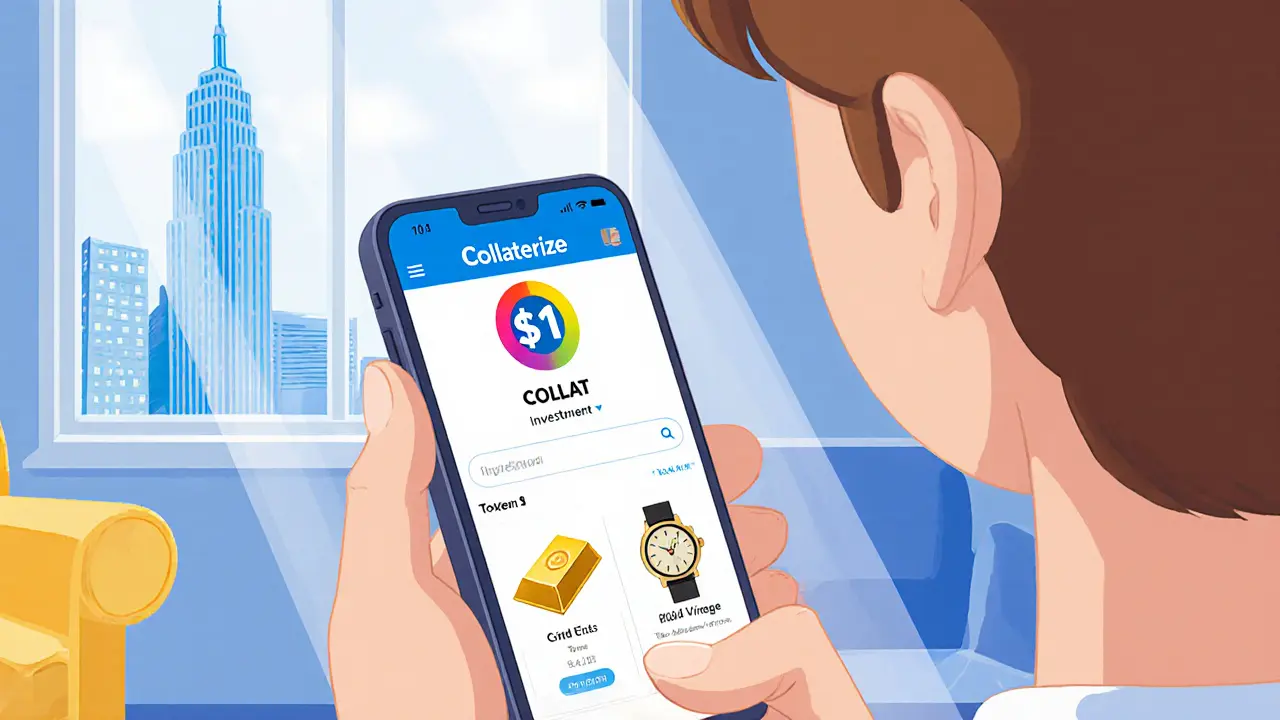Blockchain Platform: Foundations, Rules, and Real‑World Uses
When working with blockchain platform, a set of protocols and tools that let developers build decentralized apps, issue tokens, and run smart contracts. Also known as distributed ledger system, it forms the backbone of modern crypto services, you instantly step into a space where tech, law, and finance collide.
One of the biggest forces shaping any cryptocurrency regulation, government rules that define how blockchain platforms can be used, taxed, and licensed is the jurisdiction you operate in. Countries like Indonesia have moved from treating crypto as a commodity to labeling it a digital financial asset, while Norway is experimenting with temporary bans on new mining data centers to protect renewable power. These regulatory shifts dictate where you can launch a token, how you report earnings, and which compliance tools you need.
Beyond compliance, a decentralized exchange, a peer‑to‑peer market that trades crypto without a custodian often lives on top of the same platform. DEXs rely on smart contracts to match orders, aggregate liquidity, and charge fees—all without a central authority. Understanding how an automated market maker works or how order‑book DEXs differ helps you choose the right venue for your token or liquidity strategy.
To interact with these systems securely, many users now prefer a smart contract wallet, a programmable wallet that runs on account abstraction and can execute gasless transactions or social recovery. These wallets turn a regular address into a tiny piece of code, letting you set spending limits, batch actions, or even pay fees in a different token. When a blockchain platform supports account abstraction, developers can build richer experiences without sacrificing user safety.
Finally, crypto staking, the process of locking tokens on a proof‑of‑stake network to earn rewards adds real utility to a platform’s native coin. Staking not only secures the network but also creates a passive income stream for holders. Across 2025, APRs vary widely, and the risk profile depends on the validator’s reputation, token economics, and network health.
What You’ll Find in This Collection
Below you’ll discover in‑depth articles that walk through each of these topics: how to pick a crypto‑friendly jurisdiction, the nuts and bolts of DEX architecture, step‑by‑step guides to setting up a smart contract wallet, and detailed staking earnings tables. Whether you’re launching a new token, evaluating a trading venue, or just trying to stay compliant, the posts give you actionable insights you can apply right away.
Ready to dive deeper? Browse the list of posts and start building on a solid foundation of knowledge about blockchain platforms, regulations, exchanges, wallets, and staking.
Collaterize (COLLAT) Explained: The Real‑World Asset Crypto Coin
Collaterize (COLLAT) is a mobile‑first blockchain that tokenizes real‑world assets. Learn how it works, its tokenomics, pros, cons, and how to start investing.
- 20
- Read More
